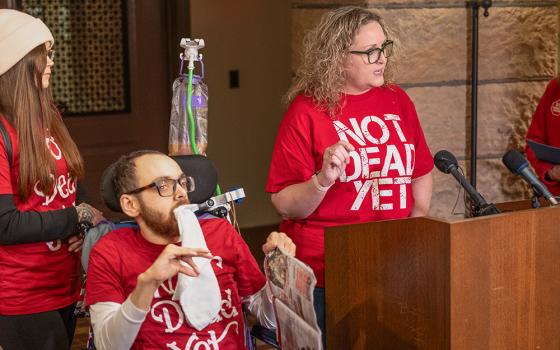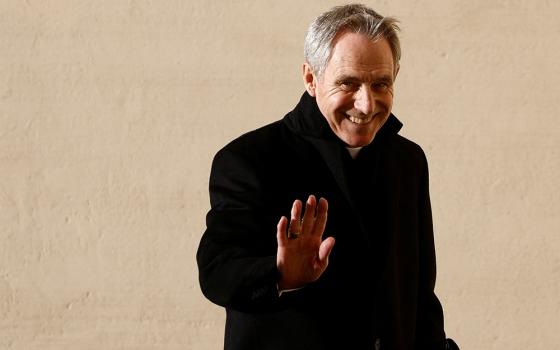When a high-profile public figure comes to town, Americans typically use a predictable set of measures to evaluate the success of the trip: how big the crowds were, whether those crowds were tepid or enthusiastic, whether the story played “above the fold” in major newspapers, what insta-polls say about public reaction, and how favorable the commentary is on talk shows and editorial pages.
All those tools have a certain validity, if for no other reason than that they go a long way toward determining what the average American knows about a given dignitary’s trip – including, in many instances, that it happened at all.
Yet there’s at least three reasons why these are almost certainly not the tools Pope Benedict XVI will himself be using to assess the fruits of his April 15-20 pastoral visit to the United States.
First, Benedict is a calm, cerebral figure whose aim on the road is more akin to planting seeds than to making waves. He seems to want to draw people into deeper intellectual and spiritual reflection, such as pondering the proper relationship between reason and faith. The extent to which such rumination will result from this trip will be impossible to quantify right away, and it's certainly not an approach designed to galvanize swift "buzz."
During his travels, the pope also usually offers up lengthy reflections on core matters of Catholic faith and practice – the Eucharist, prayer and devotion, and the centrality of Christ. It’s worth remembering that the official motto of the visit is “Christ is our Hope,” creating a deliberately Christological context for his message.
“Pope Preaches Christ” is probably not many editors' idea of a sexy headline, but it’s likely to be the core of what Benedict himself is thinking and talking about over these six days.
Second, Benedict is not someone terribly interested in immediate results. That’s one difference between his foreign trips and those of Pope John Paul II, especially John Paul’s early years. John Paul wanted to move history in the here-and-now, and his trips to Poland had precisely that result.
Benedict, on the other hand, thinks against a much longer arc of time. He's probably crafted his 13 public speeches in the United States, for example, with the hope that they’ll be discussed in intellectual and cultural circles, in seminaries and colleges and universities, as well as inter-faith and ecumenical settings, for years to come. Assuming he holds to form, his concern will not be what what America is like after 10 days because he came, but after 10 or even 100 years.
Third, Benedict XVI undoudtedly would regard the whole question of whether the trip is a “success” as a distraction, an example of accenting secondary considerations at the expense of what’s most crucial. As Mother Teresa once put it, “I don’t remember that the Lord ever spoke of success. He spoke only of faithfulness.”
For the pope, as long as he’s faithful to what he regards as the truths that the world, American culture, and the Catholic church in the United States need to hear, he’s likely to feel that the trip was worth the time and effort – regardless of what more conventional measures may say about its impact.
This is not to suggest, of course, that Americans should feel obliged to assess Benedict’s trip exclusively on his own terms. Crowd size, polling and media coverage can tell us a great deal about how Americans are reacting to the pope.
Understanding the way Benedict himself sizes things up, however, may help explain the choices he makes, and doesn’t make, along the way.




